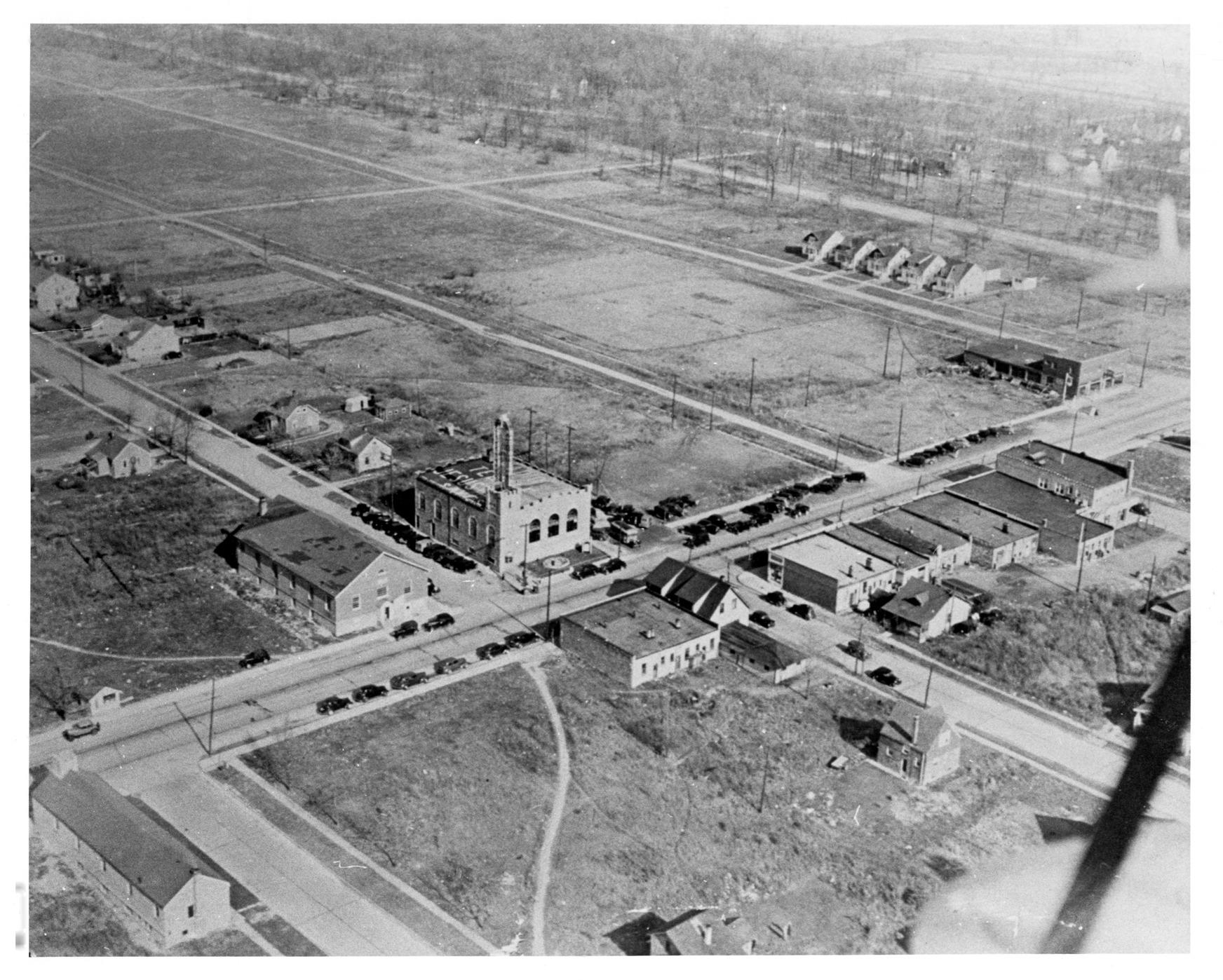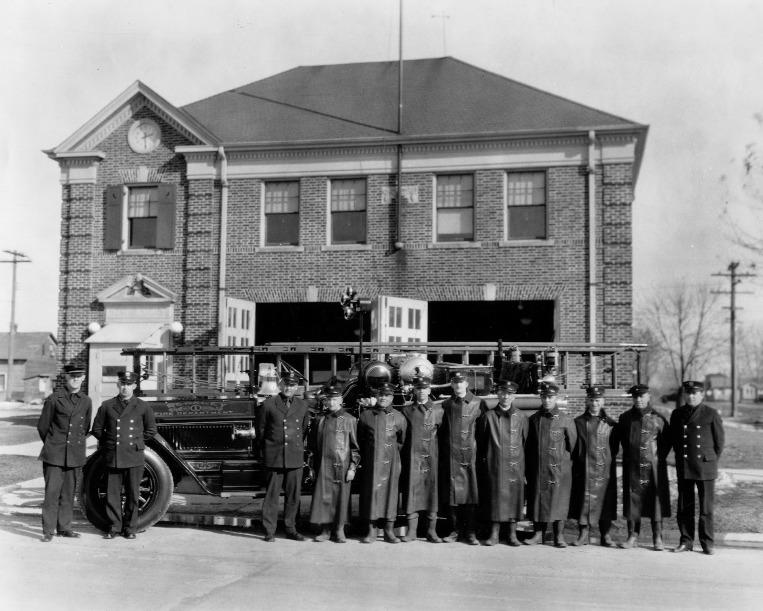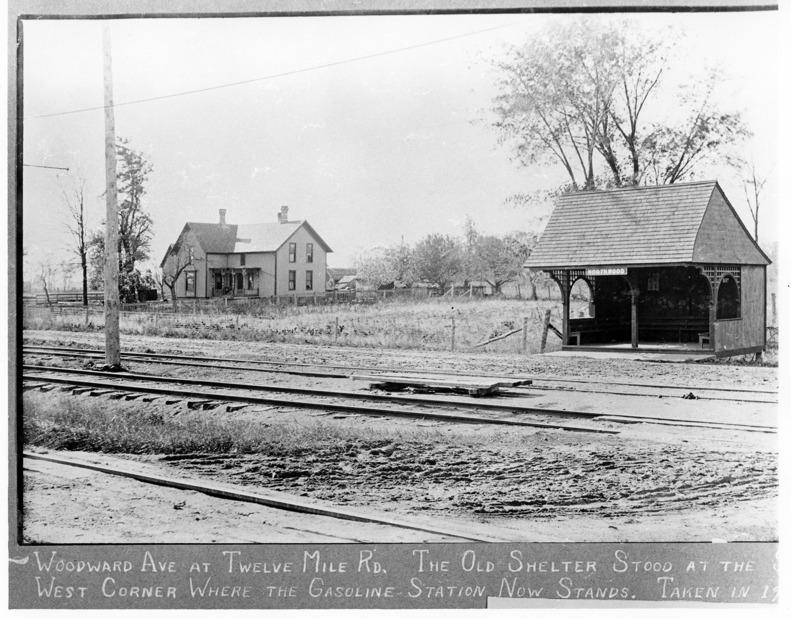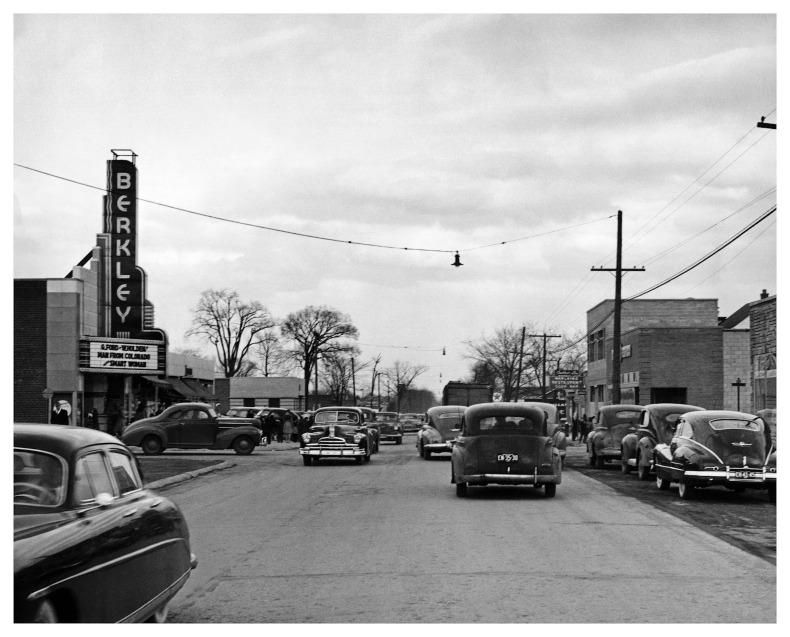
4 minute read
Berkley Ccelebrates 100 Years
by fernfriend
A Settlement That Grew Into A City
BERKLEY HAS HIT THE BIG 1-0-0! FROM ITS HUMBLE BEGINNINGS AS A PART OF ROYAL OAK TOWNSHIP IN THE 1800S, BERKLEY BECAME A VILLAGE IN 1923 AND THEN A FULL-FLEDGED CITY IN 1932.
“Even though the City incorporation happened in 1932, to me, what we’re celebrating this year is the birth of Berkley as a community and the use of that name to describe our community,” says Dale Carlson, a resident since 2008 and a board member of the Berkley Historical Committee. No one is exactly sure how Berkley got its name, but the street named Berkley existed before the village did, and there was also a school named Berkley. The name stuck. (There was also a tiny two-block street named Berkeley. It was renamed Hart to avoid having Berkley and Berkeley within the village of Berkley, and then the street was entirely removed.)
“When Berkley was being built up, there weren’t any rules,” says Jeff Tong, long-time resident and vice chair of the Berkley Historical Committee. “Developers bought up farms and then put in the roads and named them anything they wanted. Some street names were completely made up; others they named after themselves. Thomas was the president/VP of the real estate company that purchased that area, for example, and Mortenson was the developer. His son was Franklin and his daughter was Dorothea.” Meanwhile, Catalpa started out as a driveway that led to one of Hamlet Harris’ farmlands. Harris was a pioneer farmer in Berkley who was either of African-American or Native American descent. No one is exactly sure where he came from (although Georgia is the top contender), but records show that he bought his wife out of slavery before they settled in the area and built their farmhouse in the 1880s. It still stands on Catalpa just west of Woodward – it’s the multi-unit blue house with elegant foundation stones.
IN 1928, THE VILLAGE BUILT ITS VILLAGE HALL AT THE CORNER OF ROSEMONT AND COOLIDGE. It served as the fire station for 60 years and the police headquarters for 40 years. Berkley’s first library started out there in the 1930s – it was a shelf holding about 500 books on one wall of the village commissioner’s office. Today, the building is home to the Berkley Historical Museum and a few city hall offices. “It’s among four or five of the most important architectural high-lights of the city,” says Dale. “The building has all kinds of historical significance for Berkley. That’s why we thought it should be commemorated by a state of Michigan historical marker, which we unveiled on October 14th.”
One of the things that set Berkley apart from the surrounding areas during its early history was the fact that a huge percentage of people who lived in Berkley worked at the Ford Highland Park plant. “Berkley was so full of Ford employees at that time that some people called it ‘Fordtown,’” explains Dale. Back then, a rail line ran south straight to the plant and also north all the way to Pontiac.
Even though the rail line and two trolley lines were eventually dismantled, Coolidge and 12 Mile have remained the downtown area for several surrounding communities.
“It’s kind of remarkable that Berkley has been able to retain its small-town flavor and charm,” says Dale. Hopefully residents will still be able to say that 100 years from now!














